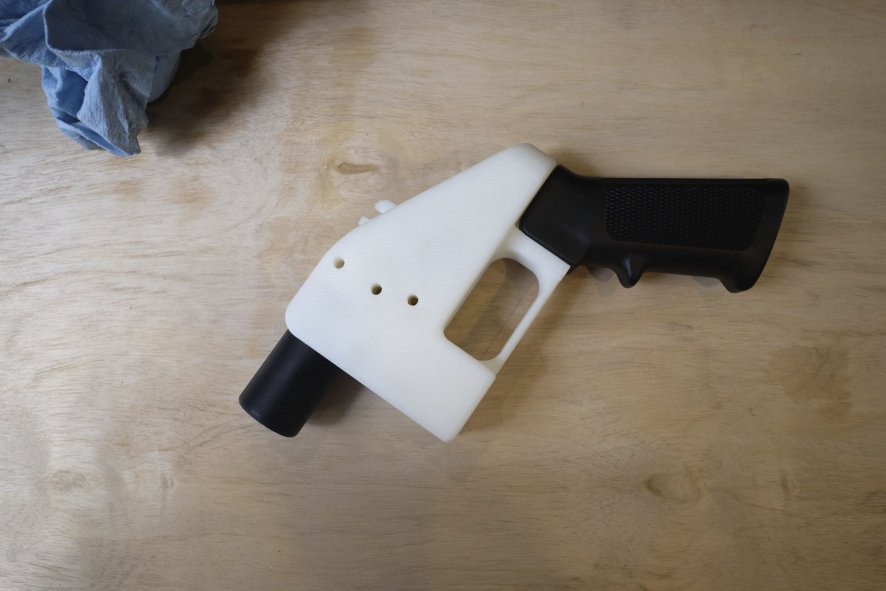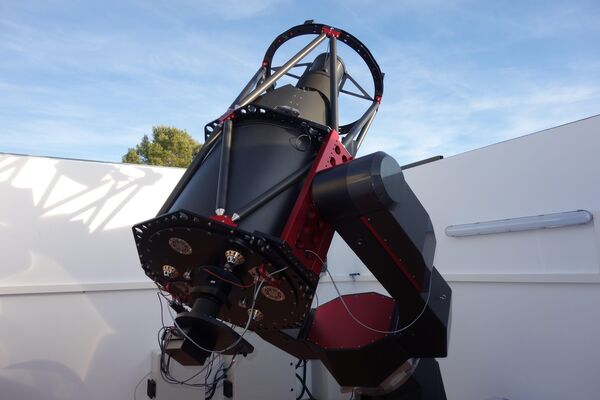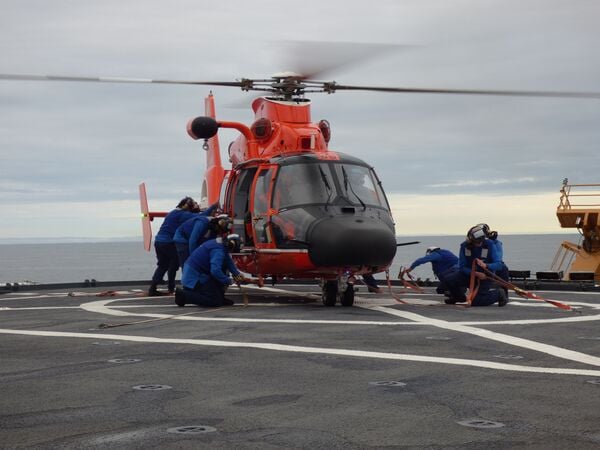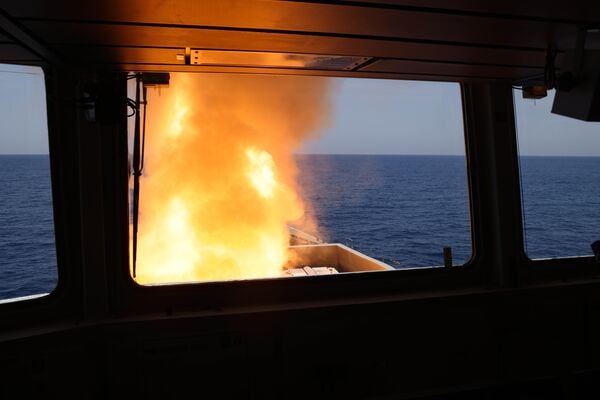- About
- Intara
- Capabilities
- Advisory
- Resources
- News
- Store
Gun-makers enhance 3D-printing technology
27 October 2020
by Matthew Moss
The use of 3D printing, or additive manufacturing, has added a new element to firearms technology. For manufacturers it has opened up new development and production processes, while for hobbyists, activists and criminals more affordable ‘desktop’ 3D printers offer potentially unregulated access to firearms.
Craft-produced weapons have a long history of use for nefarious purposes and have characteristics that make them well suited to criminal activities. These types of firearms are unregistered on state weapon databases, are relatively easy to manufacture, and are disposable.
3D-printed firearms have added a 21st century twist to the history of craft-produced firearms. With access to a computer, 3D printer and printing materials a weapon can be manufactured with comparative ease. However, this ease is tempered by the weapon’s sophistication, capabilities, and the technology needed to produce the firearm.

UK explores new radar and IR tech to enhance SDA
26 April 2024
by Olivia Savage


UK company Spaceflux has been contracted to develop and operate a ground-based SDA sensor as part of Project Nyx Alpha to monitor objects in GEO for UK Space Command. (Spaceflux)
The UK's Defence Science and Technology Laboratory (Dstl) is conducting three technology demonstrator programmes to explore the utility of novel space domain awareness (SDA) technologies.
The first programme is exploring the development of a Deep Space Radar (DSR) designed to monitor and protect geostationary orbit (GEO) assets such as the Skynet satellite communications system, William Feline, senior principal advisor for SDA at the UK Ministry of Defence (MoD), said at the Military Space Situational Awareness Conference 2024, held in London from 22 to 24 April.
The purpose of the programme is also to assess whether the UK needs its own DSR capability or whether it can rely on or complement the Deep Space Advanced Radar Capability (DARC) currently being developed alongside Australia and the US, Emma Kerr, senior principal engineer for SDA at Dstl told Janes .
A monostatic or biostatic system is being considered as well as whether a new or existing system is required, Feline said.
US Coast Guard Airbus MH-65s retire from Arctic mission
26 April 2024
by Zach Rosenberg


A Kodiak-based MH-65 trains aboard the USCGC Healy in 2022. (Janes/Michael Fabey)
The last US Coast Guard (USCG) Airbus MH-65 Dolphin in Alaska retired from Air Station Kodiak on 23 April, ending the type's 36-year employment in the service's Alaska Patrol (ALPAT) role.
“For decades, the cutter and helicopter team were the core of the ALPAT mission,” said Commander James Kenshalo, a USCG MH-65 Dolphin pilot. “Together they projected force and protection to the most extreme remote regions of our nation's territories, operating beyond where help could reach.”
Air Station Kodiak operates six Sikorsky MH-60Ts and is scheduled to receive three more in 2025. The service intends to standardise its full rescue helicopter fleet on the MH-60T, which has a longer range, greater payload capacity, and commonality with other armed service fleets. Alaska is among the first regions to complete the transition because of the long ranges required to perform rescue and security missions in the region.
HMS Diamond shoots down Houthi missile in Red Sea
26 April 2024
by Kate Tringham


HMS Diamond shoots down a missile fired by Iranian-backed Houthis from Yemen over the Gulf of Aden using its Sea Viper missile system – the first time a Royal Navy warship has intercepted a missile in combat since 1991. (Royal Navy/Crown Copyright)
The UK Royal Navy's (RN's) Daring (Type 45)-class destroyer HMS Diamond (D 34) has successfully engaged an anti-ship ballistic missile (ASBM) launched by Yemen-based Ansar Allah (commonly known as Houthi) rebels targeting a merchant ship in the Gulf of Aden, the service confirmed on 25 April.
During the incident, which took place around 1151 h local time (Sanaa time) on 24 April, Diamond used its Sea Viper anti-air guided weapon system to shoot down the missile, the navy said. According to a US Central Command (CENTCOM) statement issued on 25 April, the missile was likely targeting the US-flagged, owned, and operated merchant vessel MV Yorktown, which has 18 US and four Greek crew members onboard.
No injuries or damage was sustained by the ship or its crew, CENTCOM said.
Diamond
The use of 3D printing, or additive manufacturing, has added a new element to firearms technology. F...
Latest Podcasts
Iran Israel analysis
In this podcast Janes analysts discuss the Iranian attacks on Israel on the 14 April. They highlight the military systems used by Iran and the performance and impact of these on Israel. They also discuss the implications of this attack goi...
Listen nowJanes Case Studies
Using Janes Intara to build a common intelligence picture: Russian build up on the Ukrainian border
View Case StudyNews Categories
 Security Details
Security Details